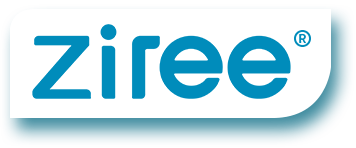More than 2,000 years ago or even earlier, ancient people had begun to use sunlight to treat diseases.
It was not until the late 1980s that LED light therapy became widely known, because NASA (NASA) scientists accidentally discovered that the LED lights they used to grow plants could promote the recovery of their wounds.
As a result, LED light gradually flourished in the medical and beauty industries. In recent years, LED home beauty devices have also become popular. Some products are single-wavelength light, and some are multi-wavelength. The most common ones are blue light, red light and near-infrared light.
Light with different wavelengths and energy parameters has different depths of action, and then the energy of the light is absorbed and utilized by the corresponding absorbing groups in the skin.

Blue light mainly acts on the surface of the skin and can be absorbed by the porphyrins metabolized by Propionibacterium acnes, producing a large amount of reactive oxygen species, thus achieving an antibacterial effect.
Therefore, blue light is mainly used as an auxiliary treatment for acne.
Red light and near-infrared light can be irradiated deep into the skin and absorbed by cytochrome C oxidase in cell mitochondria, promoting enzyme activity and increasing the production of energy substance ATP, thus activating the growth of fibroblasts and increasing collagen synthesis.
They can also be absorbed by hemoglobin in the blood and promote the release of nitric oxide (NO) from hemoglobin. Free nitric oxide (NO) can promote capillary dilation, improve local blood circulation, reduce inflammation, analgesia, and promote tissue regeneration.

Therefore, red light and near-infrared light are mainly used to improve wrinkles and skin elasticity, and can also grow hair. Near infrared also has the effect of reducing pigmentation.
The research evidence for other wavelengths of light is weak and will not be introduced in detail. In short, if you need to remove acne, choose blue light, and if you need anti-aging, choose red light.

